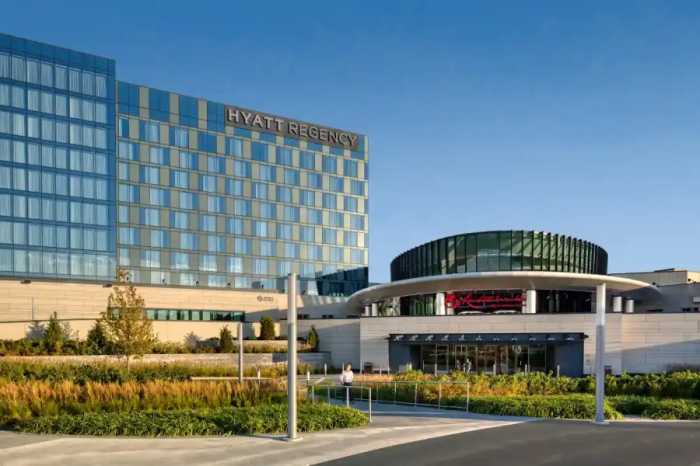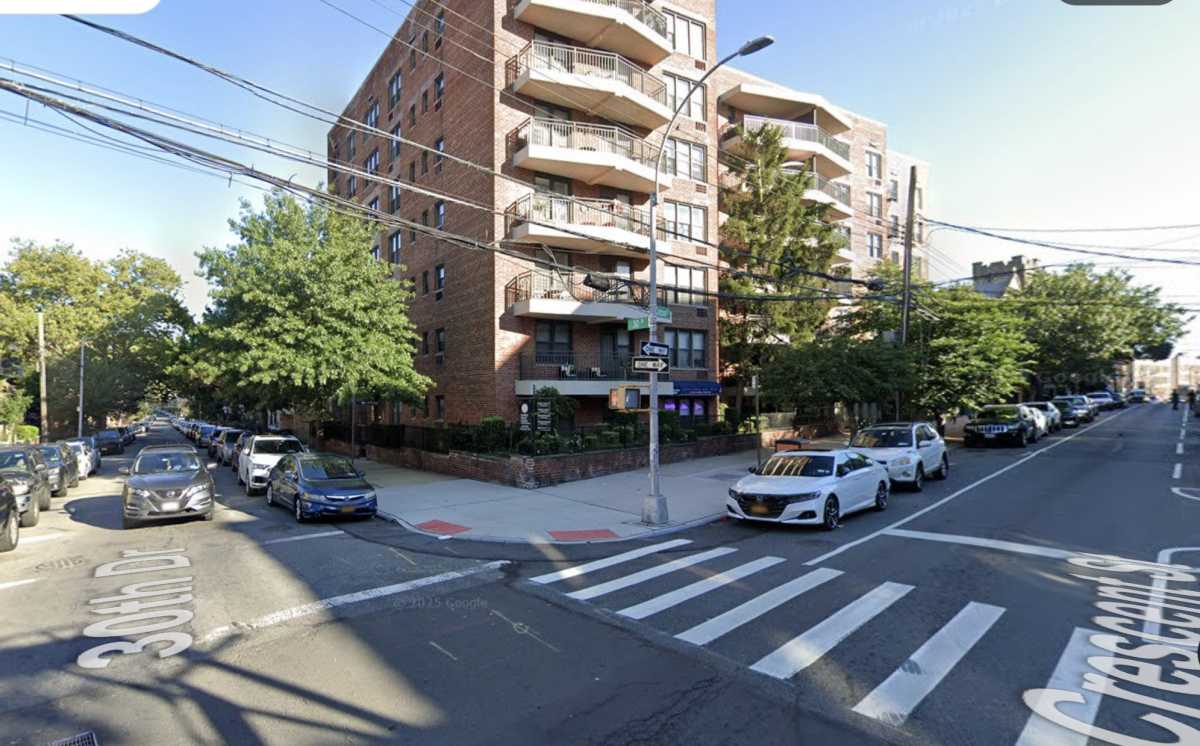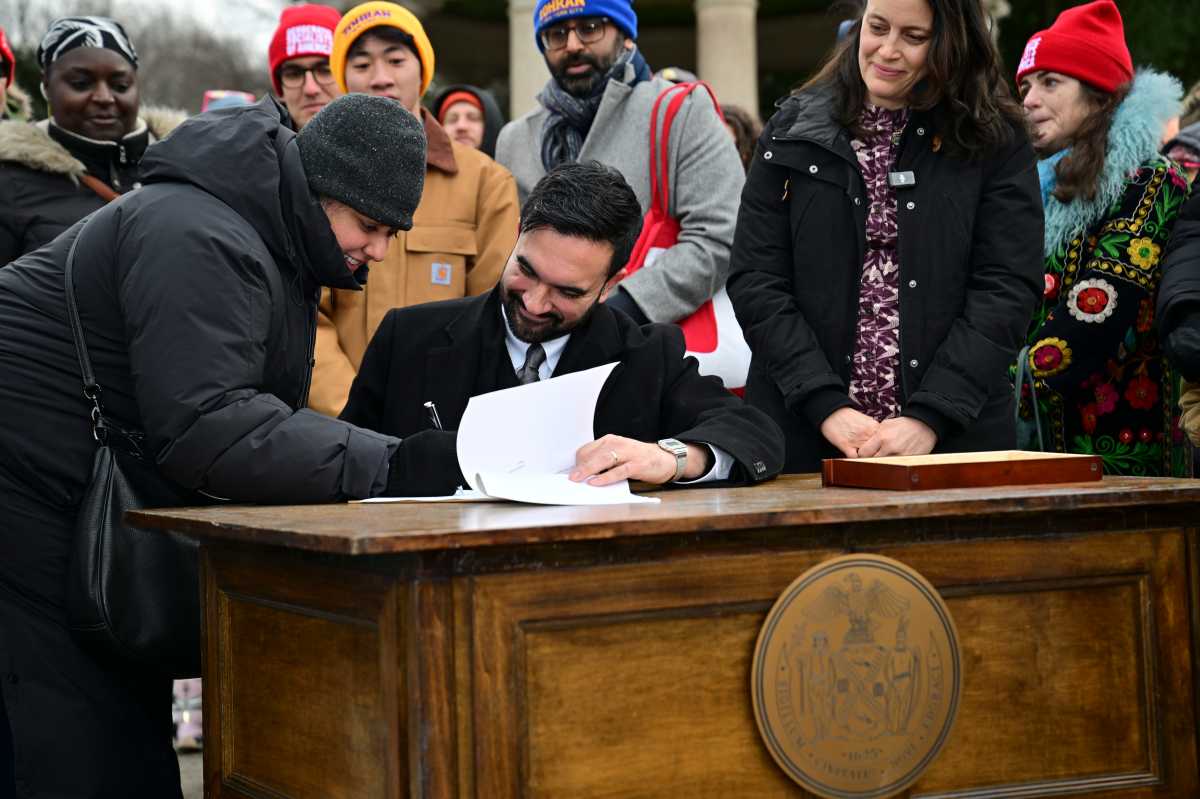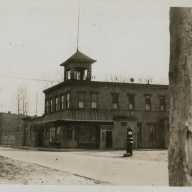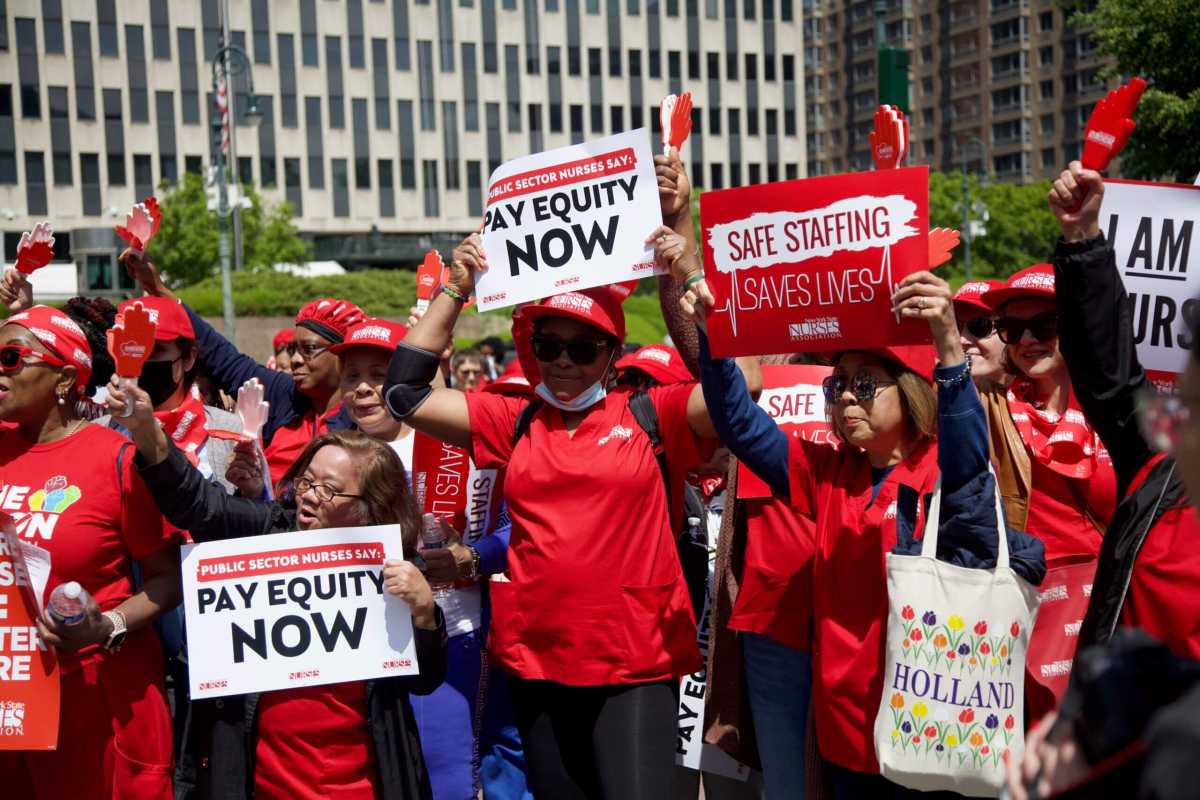By Bill Parry
The building boom in Long Island City is expected to increase exponentially now that the city is in preliminary stages of rezoning Queens Plaza and Court Square for even more development that would ease the growing housing crisis. While the news set off alarms in LIC, it provides a relief for residents in neighboring Sunnyside who fear development of the 160-acre Sunnyside Yards.
Carl Weisbrod, the chairman of the City Planning Commission, has studied proposals for decking over the enormous Sunnyside Yards space for the relocation of the Javits Center and building affordable housing but found it was “enormously” complicated. In a recent speech to the Citizens Budget Commission, he sited ownership issues, operational challenges and economics as too prohibitive at least for now.
“It’s so complicated that we’re a ways away from coming up with a recommendation for the yards, but it is very high on our priorities list,” Weisbrod said. “It’s obviously an area of growth for the city.”
The chairman spoke of the more immediate challenges faced by a city that is home to 8.4 million people, an all-time record, and will further swell to 9 million in the next quarter century. With 40 percent of renters currently experiencing “renter’s stress” and 59,000 people in homeless shelters, nearly half of them children, the situation is “unacceptable,” he said.
The de Blasio administration has mandated the need to create or preserve 200,000 units of affordable housing to alleviate the housing crisis. “Unlike the Ed Koch housing plan, today we don’t have vacant land and empty buildings,” Weisbrod said. “The only way that the city is able to grow is if we grow upward.”
Weisbrod called it “going vertical” during a panel discussion at the LIC Summit last June. The city rezoned 34 blocks of Long Island City for large-scale development in 2001
resulting in nearly 10,000 new housing units built since 2006, with nearly 20,000 more planned or already under construction.
Rezoning will take a fresh look at nearly 100 additional blocks along Jackson Avenue, Northern Boulevard and Queens Plaza.
“It’s indeed going to happen,” John Young, director of the Queens Office at City Planning, said. “We see housing, mixed-use, industrial and commercial plus space for new technology companies. With all that housing there’s need for more retail. All that new development would leverage the creation of new affordable housing for low-income and working class families.”
The plan is called the Queens Plaza-Long Island City Core Study.
“It has many parts in a sprawling area starting at the western edge of the Sunnyside rail yards,” Young said. The early stages, now being planned, include the formation of a community advisory group that will incorporate elements of Community Board 2 as well as the Long Island City Partnership.
“We’ll be looking at infrastructure and service needs as part of a 10-year capital planning period that will include building schools,” Young said. “All the components that we made in the Western Queens Transportation Study draft recommendations we made last fall. A final report will be ready in a couple of months.”
Weisbrod addressed the expected opposition to development during his speech to the Citizens Budget Commission.
“We understand why neighborhoods are resistant to increased density, they’re wary of it, concerned about gentrification,” he said. “We want to be sure the capital investments are there when increased density occurs.”
He listed schools, parks and open spaces, enhanced transit, streetscape improvements, libraries and cultural institutions as “all of the amenities that healthy neighborhoods need and that’s what ground-up planning is all about.”




